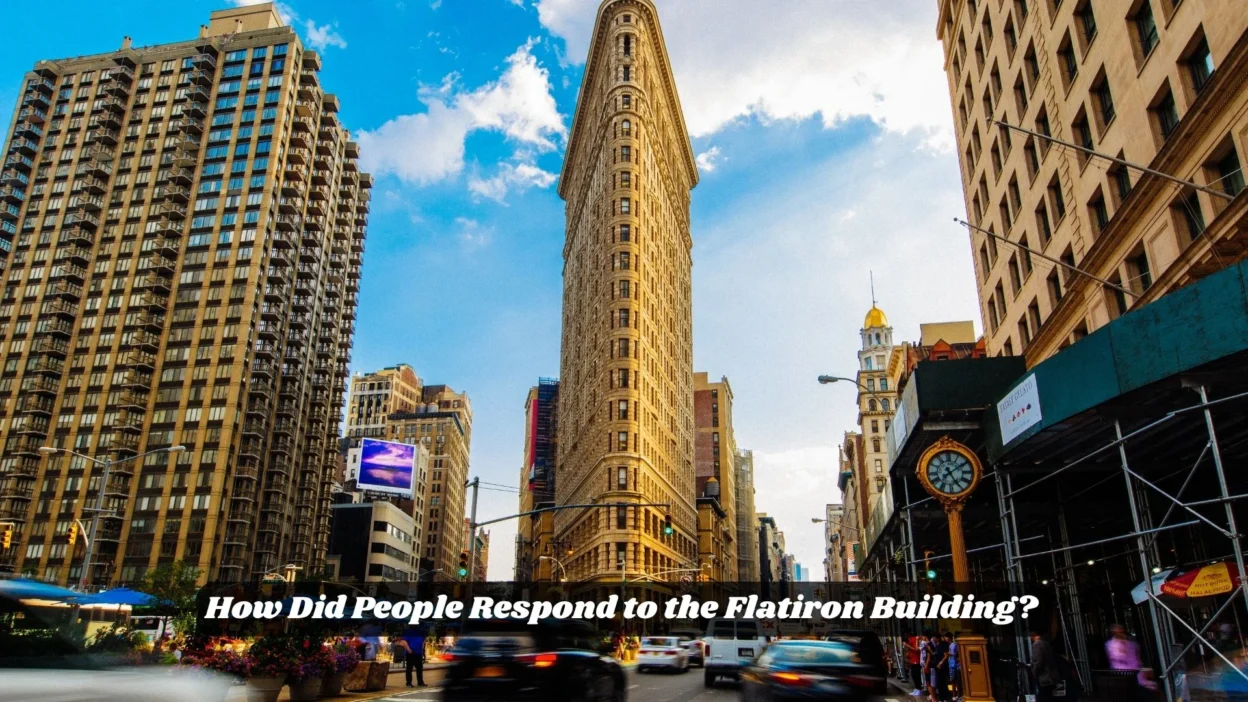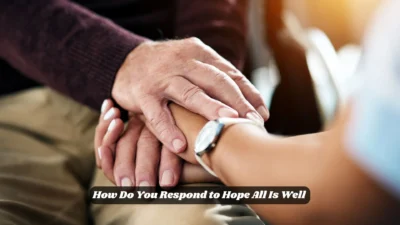Maybe you’re writing a report, giving a tour, or just curious. You type “how did people respond to the Flatiron Building?” into the search bar, hoping to find the perfect way to phrase it.
But everything you see sounds either too plain or too dramatic. Don’t worry — this article has the full list of expressions you need.
Different situations call for different styles. Whether you want a formal tone for a paper or something fun for a blog post, you’ll find the right words below.
Sorry Generator
Formal Ways to Say How Did People Respond to the Flatiron Building
When you’re writing for school, newspapers, or a history journal, use these formal ways:
- What was the public reaction to the Flatiron Building
- How did the public perceive the Flatiron Building
- What was the initial reception of the Flatiron Building
- How was the Flatiron Building received upon its debut
- What sentiments surrounded the unveiling of the Flatiron Building
- How did society respond to the emergence of the Flatiron Building
- What were the cultural reactions to the Flatiron Building
- How was the Flatiron Building viewed in its early days
- What did people think of the Flatiron Building at the time
- How did public opinion shape around the Flatiron Building
- What evaluations did the Flatiron Building receive
- How did critics react to the Flatiron Building
- How was the Flatiron Building regarded by architects
- What responses were documented regarding the Flatiron Building
- How did the public interpret the Flatiron Building’s design
- What conclusions did people draw about the Flatiron Building
- How did the Flatiron Building influence public perception
- What views did the public hold about the Flatiron Building
- How was the Flatiron Building assessed by contemporaries
- What social commentary followed the construction of the Flatiron Building
- What reviews did the Flatiron Building receive
- How did city planners react to the Flatiron Building
- What level of admiration did the Flatiron Building inspire
- What formal opinions emerged about the Flatiron Building
- How did the Flatiron Building impact early 20th-century architectural debate
- What critiques were made of the Flatiron Building
- What public discourse arose concerning the Flatiron Building
- How did urban thinkers respond to the Flatiron Building
- What notable feedback surrounded the Flatiron Building
- What formal recognition did the Flatiron Building attract
Informal Ways to Say How Did People Respond to the Flatiron Building
Need something simple or conversational? These casual ways fit blog posts, podcasts, and everyday chats:
- What did people think of the Flatiron Building
- How did folks react to the Flatiron Building
- What kind of buzz did the Flatiron Building get
- How did the crowd feel about the Flatiron Building
- Did people like the Flatiron Building
- What were people saying about the Flatiron Building
- How did the building go over with the public
- What kind of talk was there about the Flatiron Building
- Was the Flatiron Building a hit
- How did the Flatiron Building go down with the crowd
- What was the word on the street about the Flatiron Building
- Did the Flatiron Building surprise people
- Was the Flatiron Building loved or hated
- How did people take to the Flatiron Building
- What did passersby say about the Flatiron Building
- How did the Flatiron Building land with the public
- What sort of reaction did the Flatiron Building stir up
- Was the Flatiron Building a crowd-pleaser
- How did New Yorkers feel about the Flatiron Building
- What vibe did the Flatiron Building give off
- What was the first impression of the Flatiron Building
- Did the Flatiron Building cause a stir
- Was the Flatiron Building the talk of the town
- How did people warm up to the Flatiron Building
- Did the Flatiron Building wow people
- Was there gossip about the Flatiron Building
- What chatter followed the Flatiron Building’s opening
- What was the buzz on the Flatiron Building
- Did the Flatiron Building get a good reaction
- How did people respond at street level
Idiomatic Ways to Say How Did People Respond to the Flatiron Building
Want more colorful language? These idioms can make your writing stand out:
- Did the Flatiron Building turn heads
- Was the Flatiron Building a breath of fresh air
- How did it go down with the crowd
- Did the Flatiron Building raise eyebrows
- Was the Flatiron Building met with open arms
- Did it knock people’s socks off
- Was the Flatiron Building love at first sight
- Did it cause a stir
- Did it hit the right note
- Did the building make waves
- Was it the talk of the town
- Did the Flatiron Building catch on
- Did it leave a mark
- Did it ring a bell for people
- Was it ahead of its time
- Did the Flatiron Building make a splash
- Was it met with mixed feelings
- Did it ruffle feathers
- Was it met with wide eyes
- Did it take the city by storm
- Was it a hard sell
- Did it push the envelope
- Did people take it in stride
- Was it welcomed with fanfare
- Did it go down like a lead balloon
- Did it hit home
- Did it leave people speechless
- Was it the darling of the city
- Was it a tough pill to swallow
- Did it stop people in their tracks
Professional Ways to Say How Did People Respond to the Flatiron Building
In meetings, reports, or presentations, these polished expressions are great for sounding clear and professional:
- How was the Flatiron Building received by stakeholders
- What was the response from the general public
- What kind of feedback did the Flatiron Building generate
- What reactions were noted after the Flatiron Building’s unveiling
- What public impressions were documented
- How was the Flatiron Building viewed within professional circles
- What level of acceptance did it receive
- What was the early reputation of the Flatiron Building
- What perception did the Flatiron Building create
- How was it regarded in media coverage
- What commentary did it attract in public discourse
- What initial opinions emerged
- How was the Flatiron Building positioned in early reviews
- What did observers report
- What sentiments were expressed by the community
- What overall reaction followed its construction
- What conclusions did onlookers draw
- What recognition did it garner
- What kind of reception did it get during launch
- What narrative developed around it
- How did industry experts respond
- What historical reaction does the record show
- What reviews did it generate in architectural circles
- What audience engagement did it prompt
- What cultural response did it evoke
- What was the general outlook at the time
- What opinions did it shape in early media
- How did it influence city life perception
- What emotional response did it bring
- What descriptive language was used at the time
- What types of reactions did city leaders share
Conclusion
Choosing the right way to say “how did people respond to the Flatiron Building” depends on where and how you plan to use it. Whether you’re chatting with friends, writing a paper, or giving a speech, matching the tone matters. Now that you have over 120 different ways to say it, you can be as expressive or as exact as you like.
Practice them in context. Try using five from each section today — and notice how they change the flavor of your message.

James Smith is an acclaimed fiction writer and storyteller whose work explores the human condition through a lens of emotional depth and sharp observation. Known for his captivating prose and unforgettable characters, James has carved a unique space in contemporary literature.
With a background in English Literature and over a decade of writing experience, his stories have been featured in numerous literary magazines and anthologies. James is passionate about mentoring emerging writers and frequently speaks at literary events and creative writing workshops.
Selected Works:
-
Beneath the Quiet Sky
-
The Echoes We Leave Behind
-
Fragments of a Forgotten Summer




